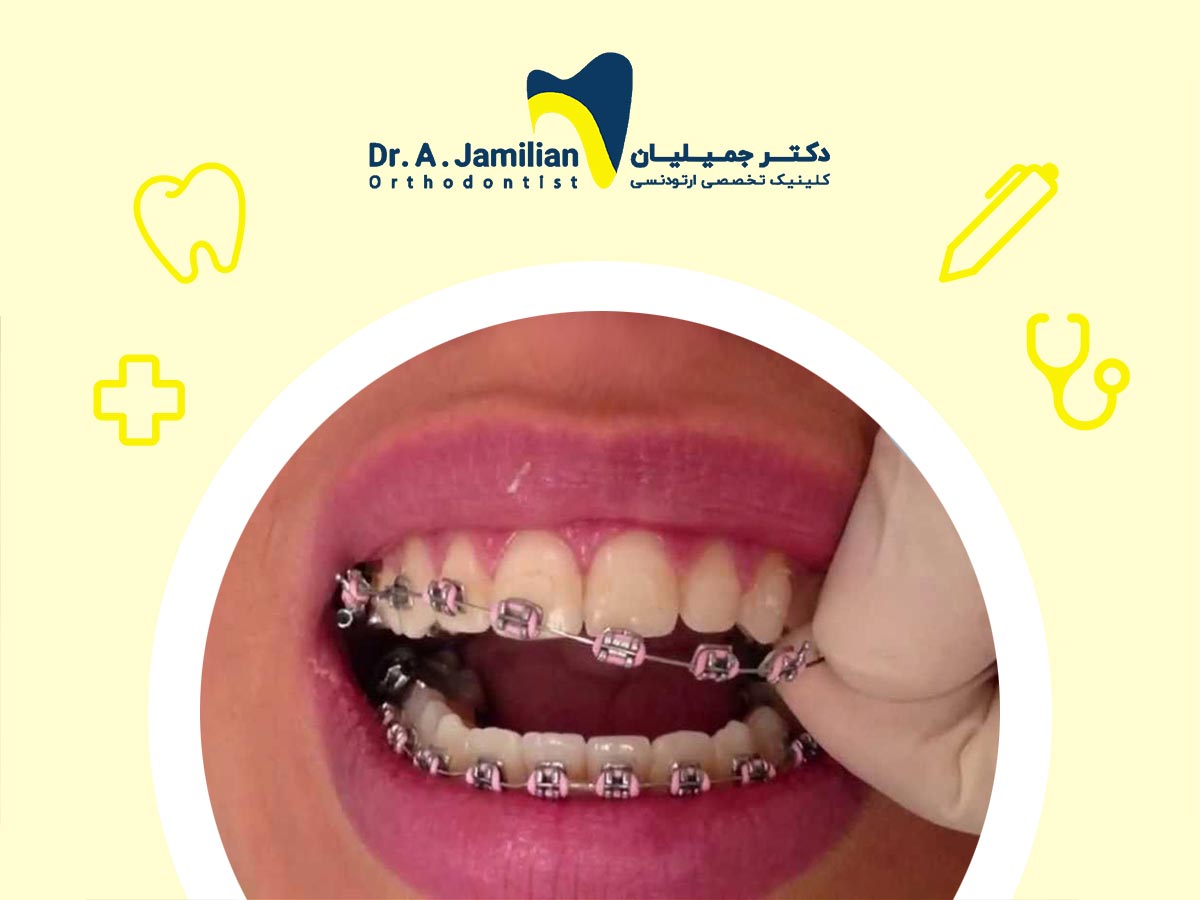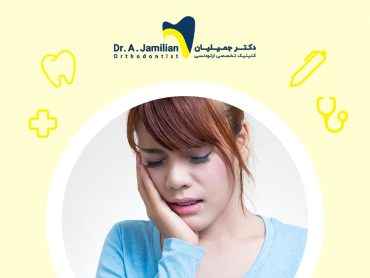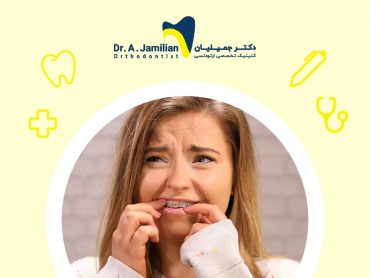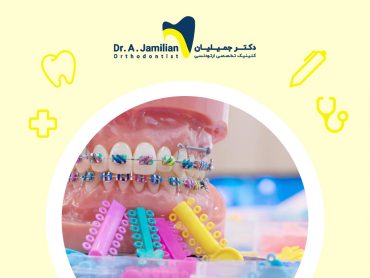For most patients, the pain and visits to your orthodontist has been dreadful. Often leaving patients wanting to remove them from their mouth. Perhaps, now you are breathing a sigh of relief, because your appointment to have your brackets taken off has been set. Although, you may be familiar with the process of putting brackets in your mouth, still you might be concerned about the procedure by which they would be taken off and also you may want to know whether or not it will be painful?
The Process of Removing Orthodontic Brackets
Fortunately the process of removing brackets is much easier and faster than having them put on in the first place, as the whole process takes four stages as the follows:
1- Taking the orthodontic elastic band off
Orthodontic elastic bands is an elastic tape which is placed between brackets of mandible and maxilla in order to help teeth to find their proper place better. Under the orthodontist’s supervision, it can be used in patients with certain dental and jaw disorders. After completion of the orthodontic treatment, the first step is taking the elastic off. To do so, both ends of the elastic need to be released from their special hooks designed for the band.
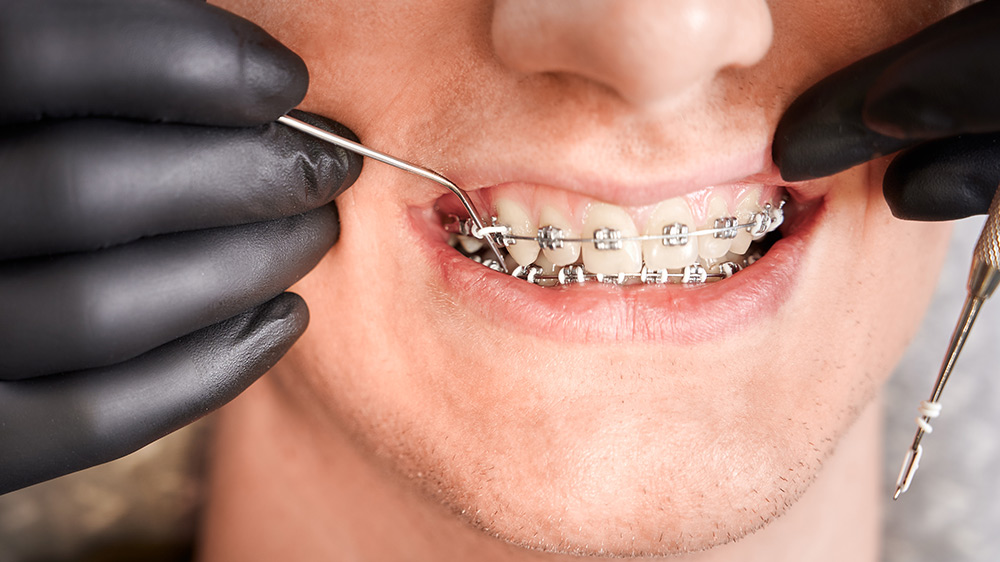
2- Removing the orthodontic wire
Orthodontic wire is a type of metallic wire that is placed in the orthodontic bracket’s groove. It provides the necessary force to change the teeth placement over the tooth, gum and jaw. The next step, after removing the orthodontic elastic, is extracting the wire. Orthodontists use a special device to remove the wire out of the brackets’ groove.
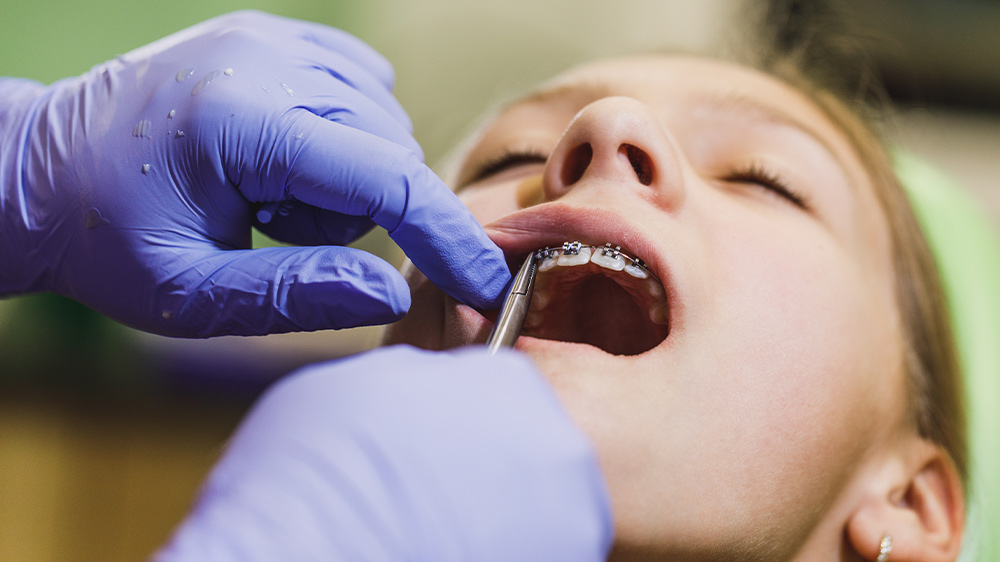
3- Separating the bracket from the tooth
The next step is removing the orthodontic bracket in which your orthodontist will use a special plier. Your orthodontist will then separate the orthodontic bracket from the tooth. Your orthodontist will remove the brackets by applying some pressure to the base of each bracket, which would break the bond holding it in place and cause it to pop loose. Here, it’s common to feel a bit of some pressure or minor discomfort. Although, you shouldn’t feel too much pain, and it will be over before you even realize it.
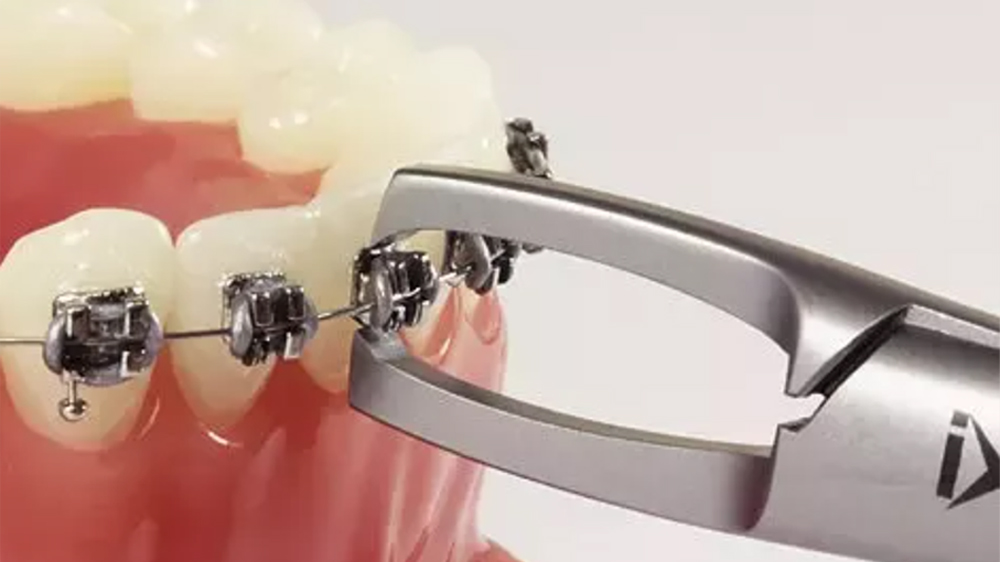
4- Removing The Orthodontic Bracket’s Adhesive
After removing the brackets, the orthodontist will use a special dental handpiece to scrape away the adhesive that was previously securing the bracket to the tooth. This is the same device that dentists use to polish teeth, but in this case, it is only used to the surface of your teeth, thus, it won’t be unpleasant (and your enamel will not be affected in any way by the process). The time it takes to remove the adhesive completely depends on the remaining adhesive to your teeth.
Necessary Tips After Removing Orthodontic Brackets
Upon completion of your orthodontic treatment, patients should pay attention to the advice of your orthodontist on measures that need to be taken after removing brackets. These measures are as follows:
1- Dental Scaling
Dental scaling is an important thing that should be considered after completion of the orthodontic treatment. The presence of brackets and orthodontic equipment would create more tartar over the teeth. Dental tartar and cavities can create serious risks against your dental and oral health including rotten teeth, gum inflammation, and bad breath. Thus, you need to not underestimate dental scaling after orthodontic treatment completion.
2- Using retainer after orthodontic treatment
When your teeth have been entirely cleaned, a custom mold of your teeth will be taken to create a retainer. It will ensure that the retainer is a perfect fit for your teeth. The retainer is either fixed to your teeth or removable from them. The purpose of the retainer is to preserve the alignment of your teeth in their current position. Preserving the proper order of your teeth in the long-term entails you to follow the instructions of your orthodontist and to use the retainer exactly as what had been taught to you. Before being accustomed to the retainer in your mouth, patients will experience a relatively low amount of pressure or discomfort (the extent of pain and discomfort varies for each patient. However, exactly like the brackets, the discomfort will be removed over time.
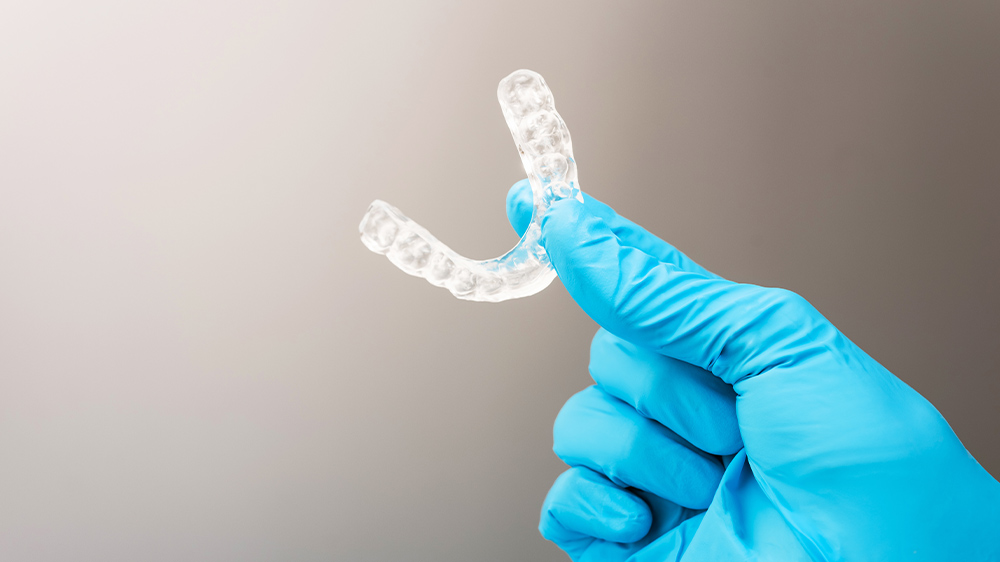
3- Following Dental and Oral Hygiene Instruction after Removing Brackets
Paying attention to some points after removing your brackets is extremely important, as if they are ignored or are not considered seriously, your efforts and your orthodontist’s would be null. Regular washing and cleaning of the mouth and teeth using a toothbrush (at least two times a day, once after eating breakfast and then before going to bed) and mouthwash are very important. Also, using tooth floss properly can play a very important role in maintaining the health of your teeth after taking your brackets off.
How To Remove Orthodontic Brackets FAQ
It is impossible to set an exact time for taking off the orthodontic brackets and it depends on the number of brackets. Brackets removal procedure would take minutes to an hour.
It is impossible to set an exact time for taking off the orthodontic brackets and it depends on the number of brackets. Brackets removal procedure would take minutes to an hour.
No. in general, removing orthodontic brackets is pain free. However, it varies given the patient’s condition and their teeth and orthodontic treatment’s state.
